 Here are tracks in sand from along the Sandy River
Here are tracks in sand from along the Sandy River
 Here are tracks in sand from along the Sandy River
Here are tracks in sand from along the Sandy River
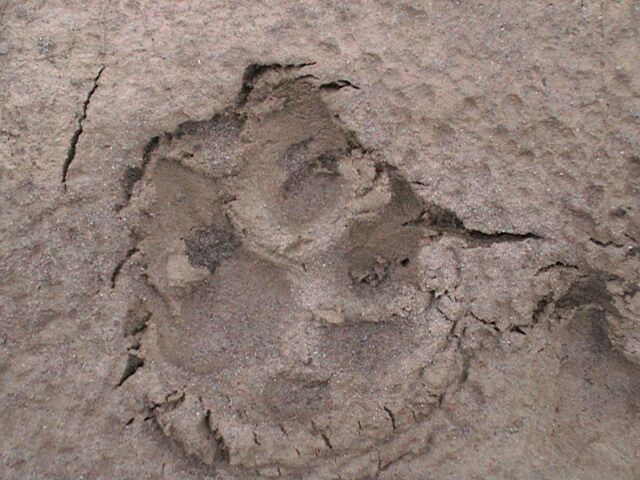
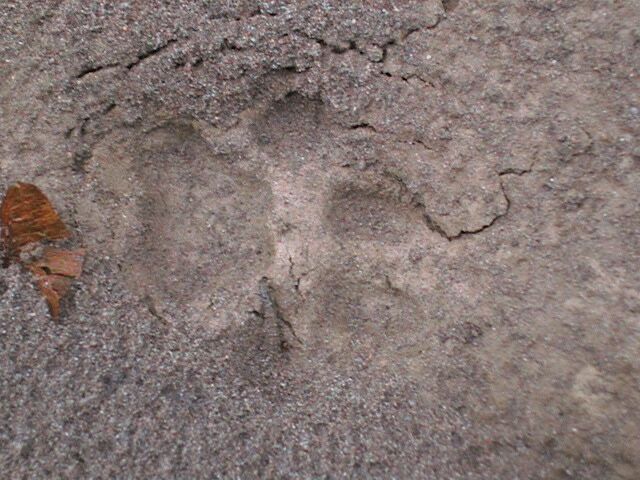

Look closely to make sure you don't miss other predators walking the same beat. Here we see that a red fox travelled the same path as our bobcat.

Here are fresh tracks found in dry fine sand along the East Fork of the Hood River
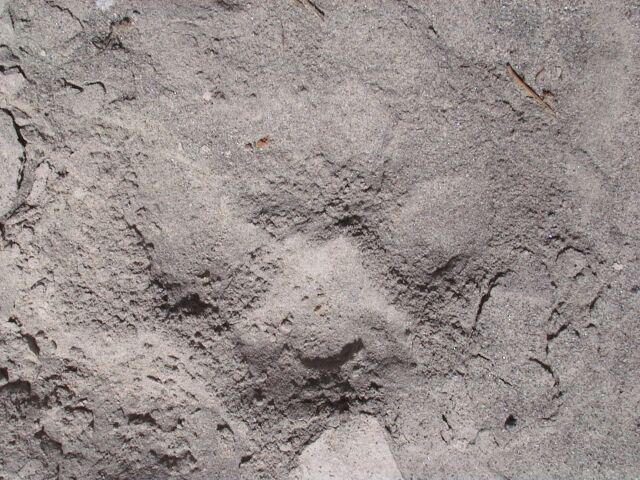
Snow creates a challenge for finding clear prints but once in awhile you get lucky.
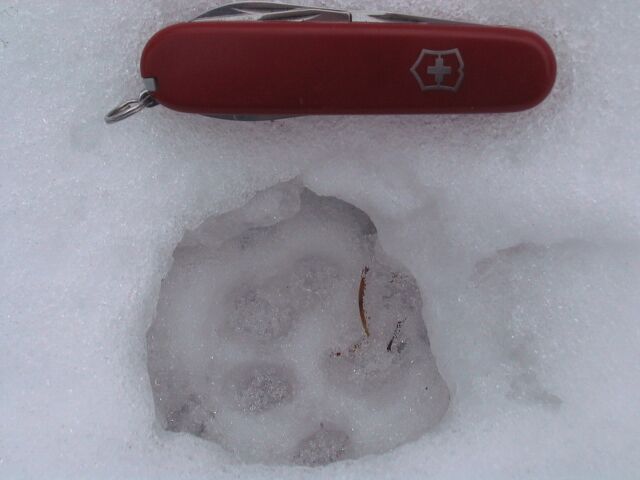
Here are a couple casts.
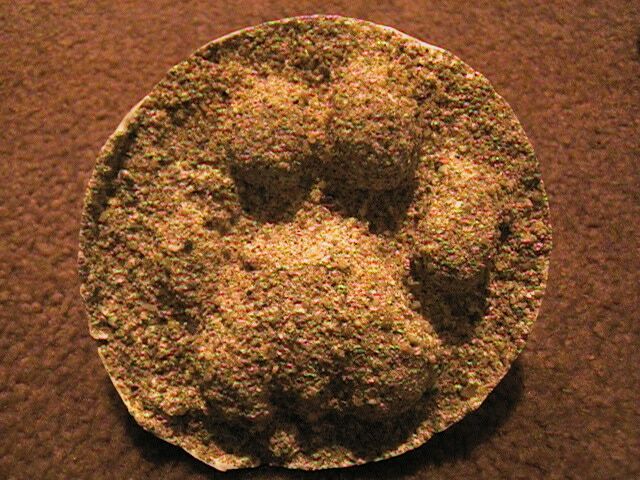

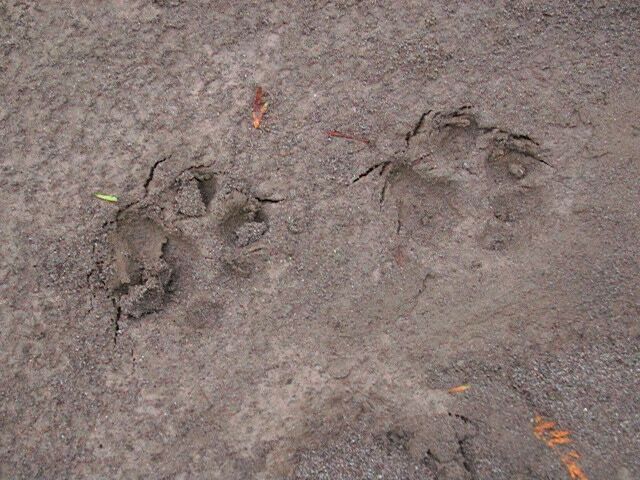
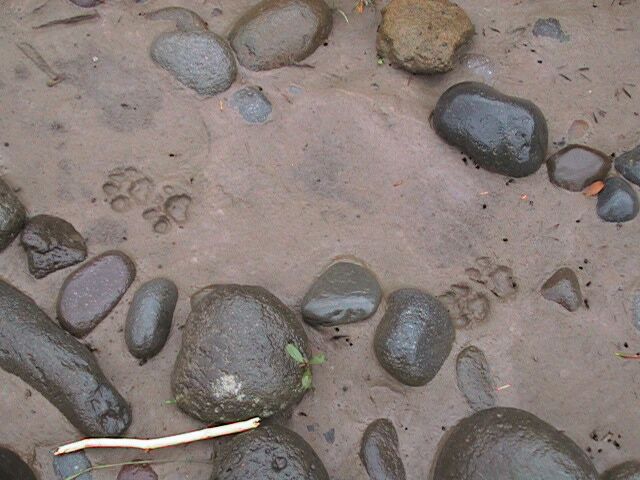
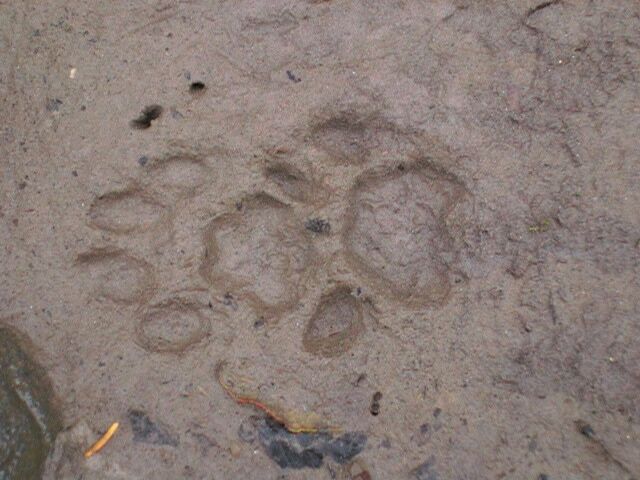
Winter tracking in the Northern Oregon Cascades is likely to turn up bobcat as well as red fox. Here the bobcat may be interested in the snowshoe hare tracks.
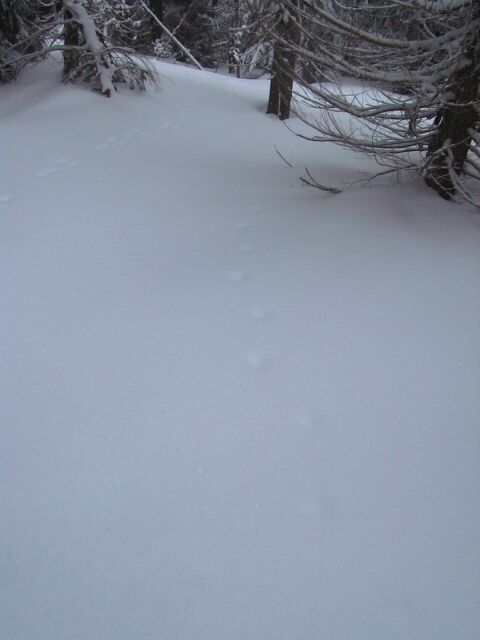
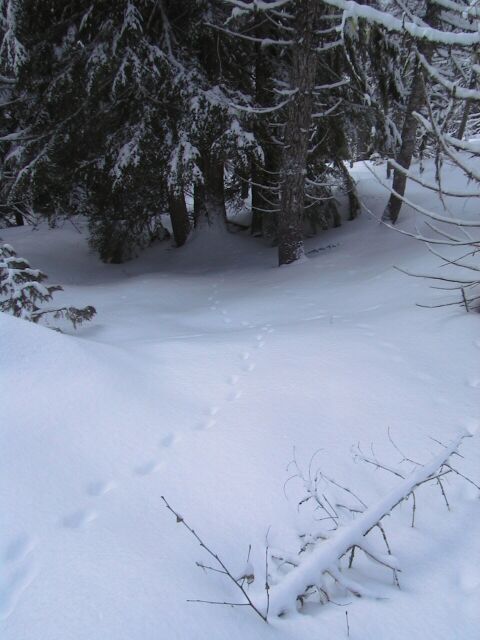
Both red fox and bobcat hunted the flood plain along the Sandy River in Oregon last winter. Their tracks could often be found using the same paths and flood channels along the river. In this photo, I have marked the bobcat with white sticks and the red fox with blue sticks. You can readily see the difference in stride (24 inch walking stride of the bobcat compared to a 30 inch trot for the fox) and straddle (a wide 6 inches for the bobcat compared to a narrow 3.5 inches for the fox).
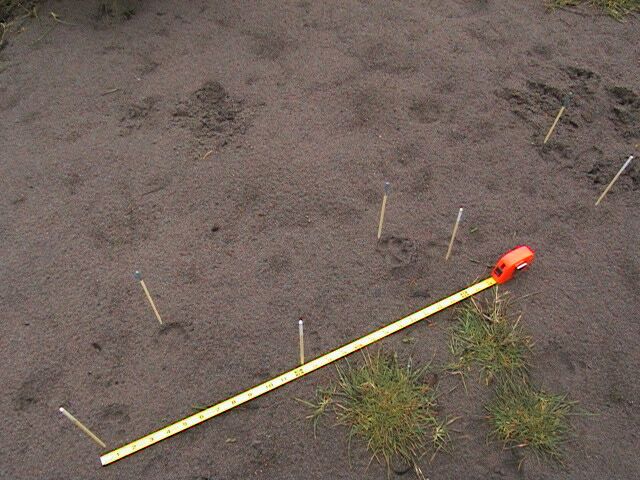
The forward oriented eye sockets and teeth clearly indicate carnivore. The skull is rounder than other carnivores.
 Return to Menu
Return to Menu